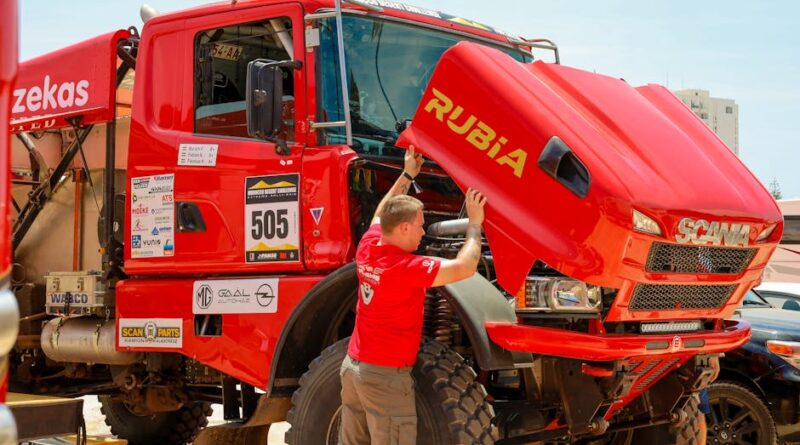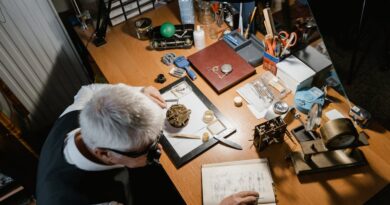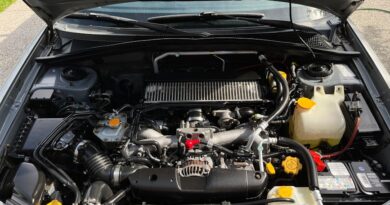How to Repair Your Trucks Starter Quickly
Have you ever turned the key in your truck and heard nothing? it’s frustrating, isn’t it? A faulty starter can leave you stranded. don’t worryrepairing your trucks starter doesnt have to be a daunting task. In this article, well walk you through the steps to diagnose and fix your starter quickly and easily.
What Is a Starter and Why Is It Important?
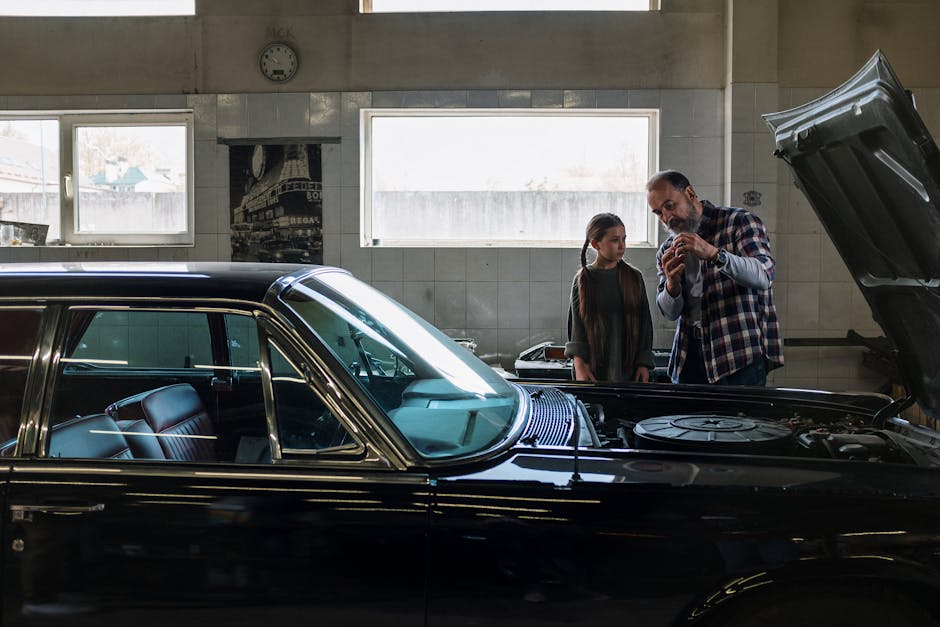
Before we dive into repairs, lets understand what a starter does. Your starter is a small motor that helps crank the engine. When you turn the key, the battery sends power to the starter. This action starts the engine and gets your truck moving. Without a functioning starter, your truck won’t start.
Think of it like the spark that lights a fire. Without that spark, everything else stays cold and dark.
How Do I Know If My Starter Is Bad?
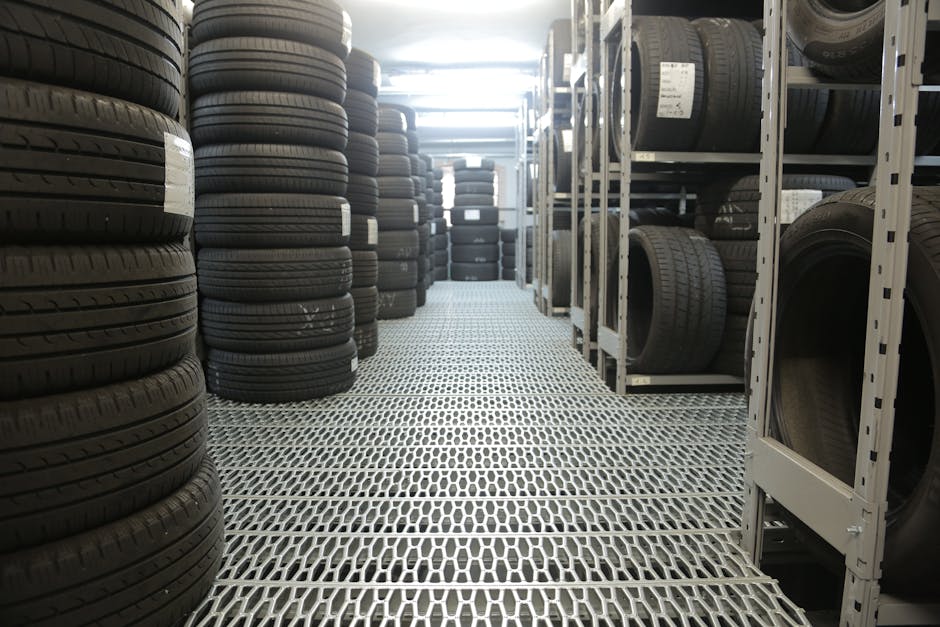
There are a few signs that indicate your starter might be failing. Heres what to look for:
- Clicking noise: If you hear a rapid clicking sound when you turn the key, it’s a strong sign.
- Engine won’t turn over: If the engine doesnt respond at all, your starter may be the culprit.
- Lights dim: If your dashboard lights dim when you turn the key, it could indicate a problem.
If you notice any of these signs, it’s time to inspect your starter.
What Tools Do I Need?
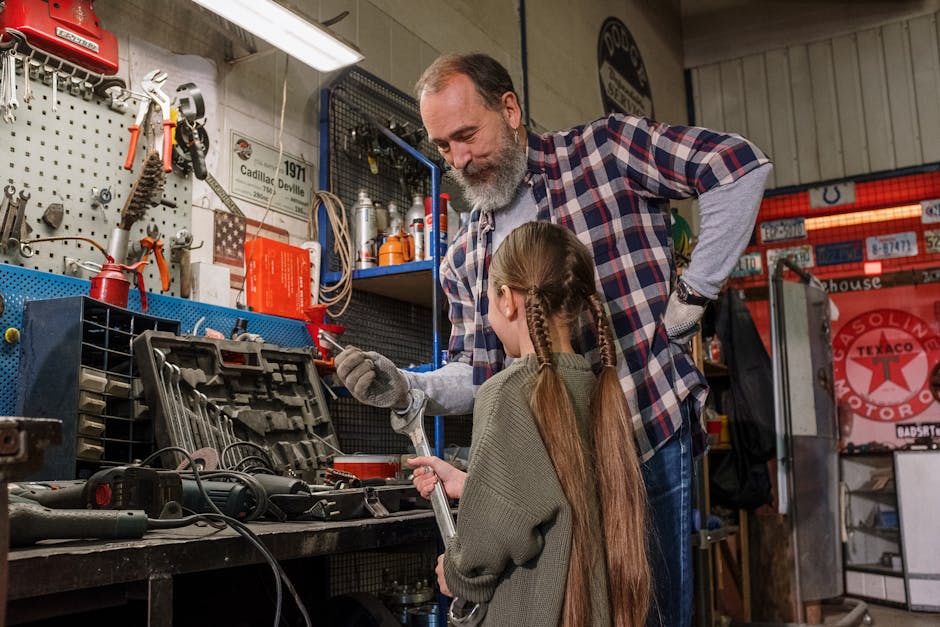
Gathering the right tools will make your repair process smoother. Heres what youll need:
- Socket set
- Wrench set
- Screwdrivers (flat-head and Phillips)
- Multimeter (to test electrical connections)
- Safety gloves and goggles
Having these tools on hand will help you get the job done quickly and safely.
How Do I Remove the Starter?
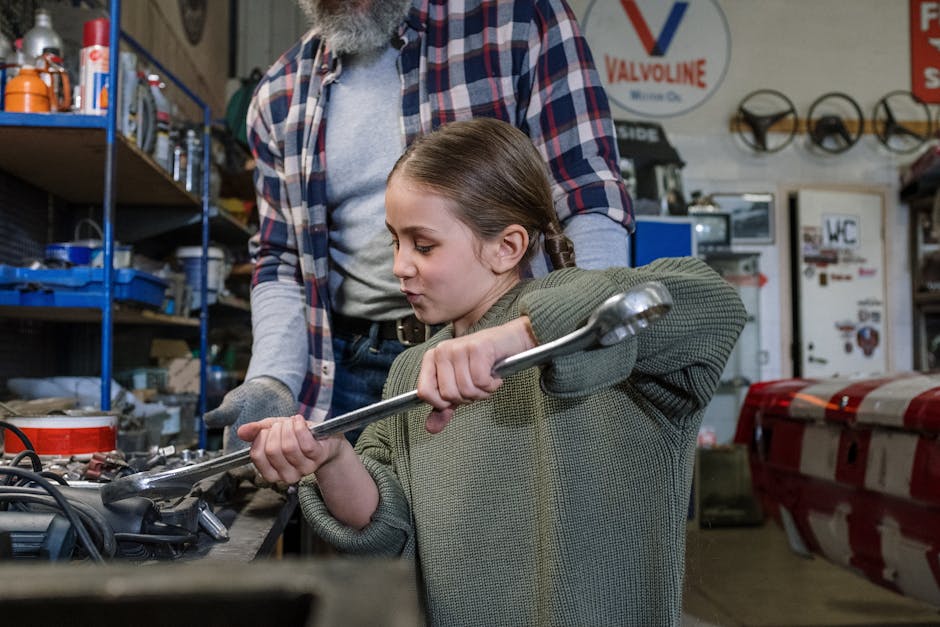
To start the repair, you need to remove the faulty starter. Heres a step-by-step guide:
- Disconnect the battery: Always start by disconnecting the negative terminal to prevent shocks.
- Locate the starter: Your starter is usually found near the bottom of the engine, near the transmission.
- Unplug electrical connections: Carefully disconnect the wires from the starter.
- Remove the starter bolts: Use a socket or wrench to remove the bolts holding the starter in place.
- Take out the starter: Gently pull the starter away from the engine.
Once youve removed the starter, it’s time to test it. You can either replace it or try to repair it, depending on the issue.
How Can I Test the Starter?
Testing your starter can help you identify if it’s truly the problem. Heres how to do it:
- Set up a multimeter: Set your multimeter to measure voltage.
- Check the battery: Connect the multimeter to the battery terminals. You should see around 12.6 volts.
- Test the starter: While someone turns the key, check the voltage at the starter connection. You should see at least 10 volts.
If you don’t see these numbers, your starter may be faulty.
Can I Repair the Starter Myself?
Yes, you can! If you’re comfortable with basic repairs, some starter issues can be fixed. Common fixes include:
- Cleaning contacts: Corroded terminals can hinder performance. Use sandpaper to clean them.
- Replacing brushes: Worn brushes can cause the starter to fail. They are usually easy to replace.
- Checking solenoid: Ensure the solenoid isn’t stuck. You can test it by applying 12 volts directly to it.
These simple fixes can save you money and get you back on the road.
When Should I Replace the Starter?
Sometimes, a repair won’t cut it. If your starter is more than five years old or has repeated issues, replacing it is a better option. A new starter can ensure reliability and peace of mind.
How Do I Install a New Starter?
Installing a new starter is straightforward. Follow these steps:
- Position the new starter: Align it with the mounting holes.
- Secure the bolts: Hand-tighten the bolts before fully tightening them with the wrench.
- Reconnect electrical connections: Make sure all connections are tight and secure.
- Reconnect the battery: Reattach the negative terminal.
Once youve installed the new starter, it’s time to test it out!
What If It Still Doesnt Work?
If your truck still doesnt start after replacing the starter, don’t panic. There could be other issues at play:
- Battery problems: A weak or dead battery may be the real issue.
- Bad connections: Loose or corroded cables can prevent the starter from getting power.
- Ignition switch failure: If the ignition switch is faulty, it won’t send power to the starter.
In these cases, further diagnosis may be necessary. Consider consulting a professional mechanic if needed.
What Are Some Common Misconceptions?
Many people believe that all starter issues mean a complete replacement. This isn’t always true! Sometimes, simple cleaning or minor repairs can fix the problem.
Another misconception is that you need advanced mechanical skills to fix a starter. Many repairs are straightforward and can be done by anyone with basic tools.
Conclusion: Quick Action Saves the Day
Repairing your trucks starter doesnt have to be a headache. With the right tools and some basic knowledge, you can diagnose and fix the problem quickly. Remember to start with the signs of failure, test the starter, and know when to repair or replace.
Next time your truck won’t start, youll be ready to tackle the issue head-on. Happy trucking!
For more detailed guidance on automotive repairs, check out [this resource](https://www.caranddriver.com/features/a15118933/how-to-repair-a-starter/).
